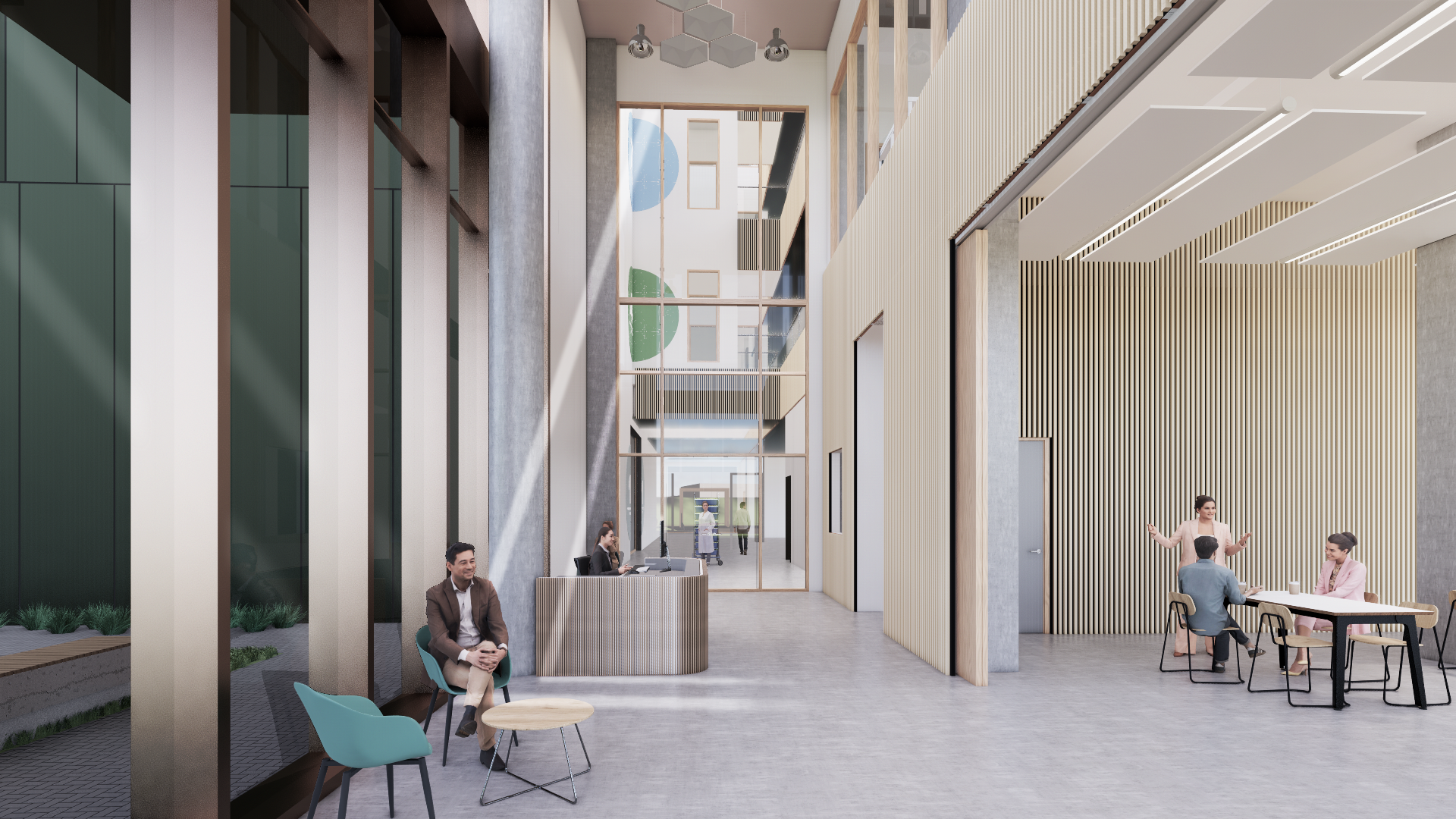University of Reading: Plans Approved for Natural History Museum Site in Shinfield
Plans for the Natural History Museum development at the University of Reading-owned Thames Valley Science Park, and an access road to the site, have been approved by Wokingham Borough Council.
Approval of the Natural History Museum’s application for a new collections, research and digitisation centre means that 28 million specimens will eventually move to the purpose-built facility in Shinfield. It will be the largest ever move of natural history specimens globally.
The Museum has today (Thursday 14 March) released new video footage, showing an artist’s impression of the new facility inside and out. This includes a pondside entrance, open reception lobby and multifunctional events space. Further inside the building, the video shows how the high-tech laboratories, access to collection spaces, staff canteen and roof terrace will look.
Tim Littlewood, Executive Director of Science at the Museum, said: “We are thrilled that Wokingham Borough Council have granted planning permission for our new facility in Reading. This new site will enable us to secure irreplaceable collections in a purpose-built storage facility, provide new scientific infrastructure to accelerate research and digitisation, and act as a base for new collaborations and partnerships.”
Professor Robert Van de Noort, Vice-Chancellor of the University of Reading, said: “This is an exciting milestone for us all in Wokingham and Reading.
“The Natural History Museum’s world-class scientists will fit in beautifully alongside our existing community of researchers. We share many of the same aims, to understand and protect our environment, and we share a common culture of discovery and engagement.”
Collections, research and digitisation centre
This new facility will further open up the Natural History Museum’s collections to researchers – physically and digitally – for scientific innovation, strengthening the UK’s position in finding solutions to the planetary emergency. The Museum and the University are working together on this project. 
Housed at the new centre in bespoke storage will be the Museum’s collections of mammals, non-insect invertebrates (such as corals, crustaceans, molluscs and worms), fossilised mammals and invertebrates, molecular collections and micropalaeontology.
The facility will include an imaging and analysis centre, including digitisation suites; state-of-the-art molecular biology laboratories, including ancient DNA labs; cryo-facilities for tissue storage; conservation labs; and specimen preparation labs, including quarantine facilities. The centre’s footprint will be the equivalent of three football pitches, totalling 25,000m2.
The building will be constructed with the lowest possible environmental impact, using responsibly sourced materials and services. The Museum is committed to achieving a net-zero carbon building in both construction and operation.
Approval of the access road will see a new road and roundabout that will allow safe movement of pedestrians, cyclists and traffic to and from the Natural History Museum building, connecting to the existing roads at Thames Valley Science Park. The road will run east from Cutbush Lane to a new roundabout by the museum building.
Timescales
Construction of the new facility will begin in early 2025, with completion of the building expected in 2027. By 2031, the centre will be operational, equipped with cutting-edge laboratories, workspace for Museum scientists and purpose-built storage for 28 million specimens – around a third of the Museum’s collection.
The project is generously enabled through a substantial £201m investment from the UK Government as part of its priority to increase investment in science, research and development.

